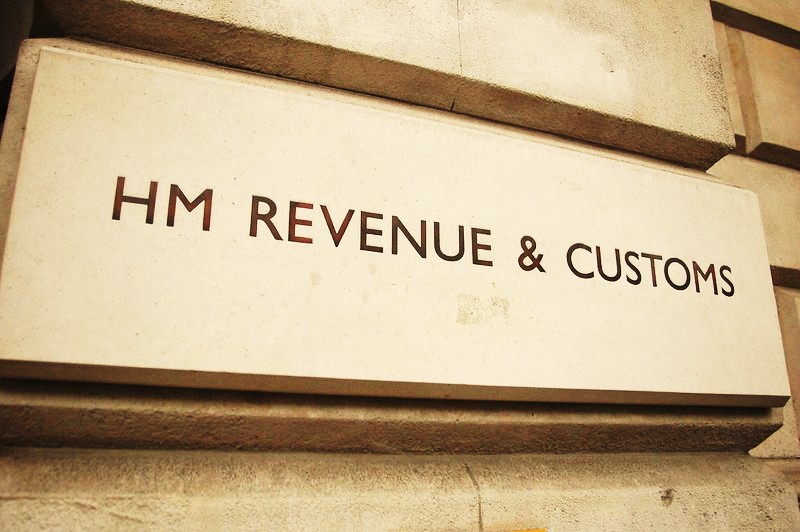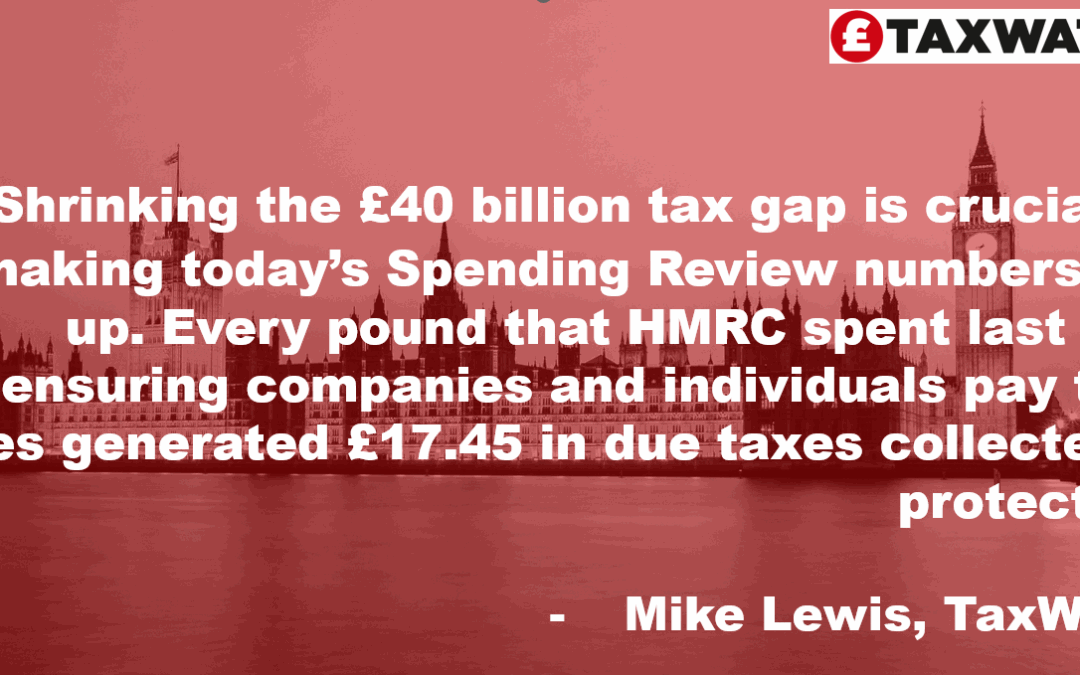
by Chris White | Jul 4, 2025
After years of attempts at reform, offshore havens still offer secrecy for those determined to hide money and evade tax. In a week when five of the UK’s Overseas Territories have ignored yet another deadline for functioning ‘beneficial ownership’...

by Mike Lewis | Jun 19, 2025
Summary: Quietly buried in HMRC spreadsheets released today is the news that the UK Tax Gap – the gap between tax due and tax collected – seems consistently to be billions of pounds bigger than HMRC previously estimated. New evidence suggests that the...

by Mike Lewis | Jun 11, 2025
Responding to today’s Comprehensive Spending Review (Wednesday 11 June 2025), TaxWatch Director Mike Lewis said: With the Chancellor’s commitment to paying for day-to-day spending only through tax receipts, shrinking the £40 billion tax gap and £38...

by Mike Lewis | May 23, 2025
Previously we found that HMRC is hardly using powers to investigate, penalise and publicise tax advisers who enable tax abuse. Here we look at why these powers aren’t being used: a barrage of legal roadblocks; and holding back on naming and shaming. *** When tax...

by Claire Aston | Jan 7, 2025
Error and fraud within R&D tax relief reached £1.1bn in 2020-21 (24% of all claims) before HMRC took action to stem the losses and tighten up the claims processes. New disclosure facility launched for businesses who overclaimed R&D relief wanting to set their...






